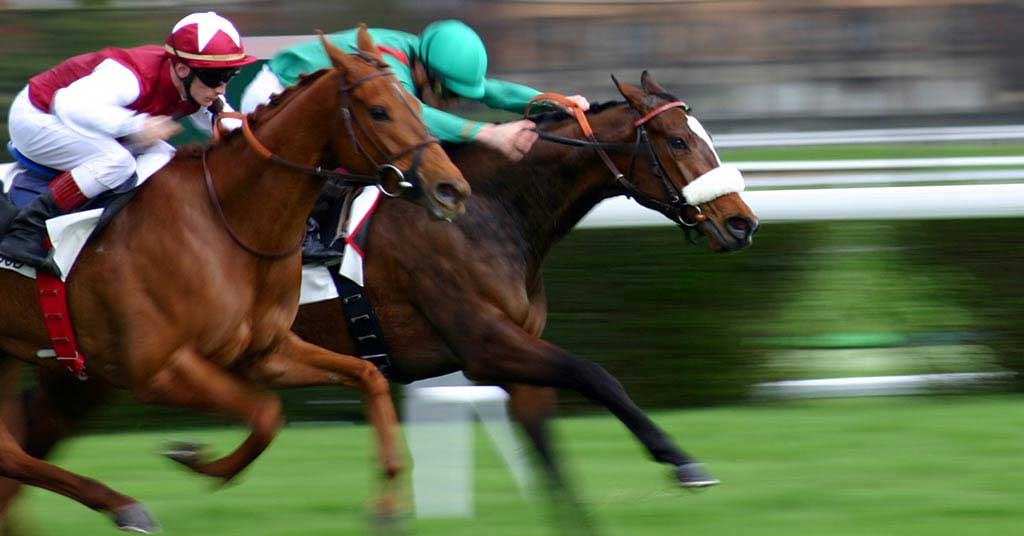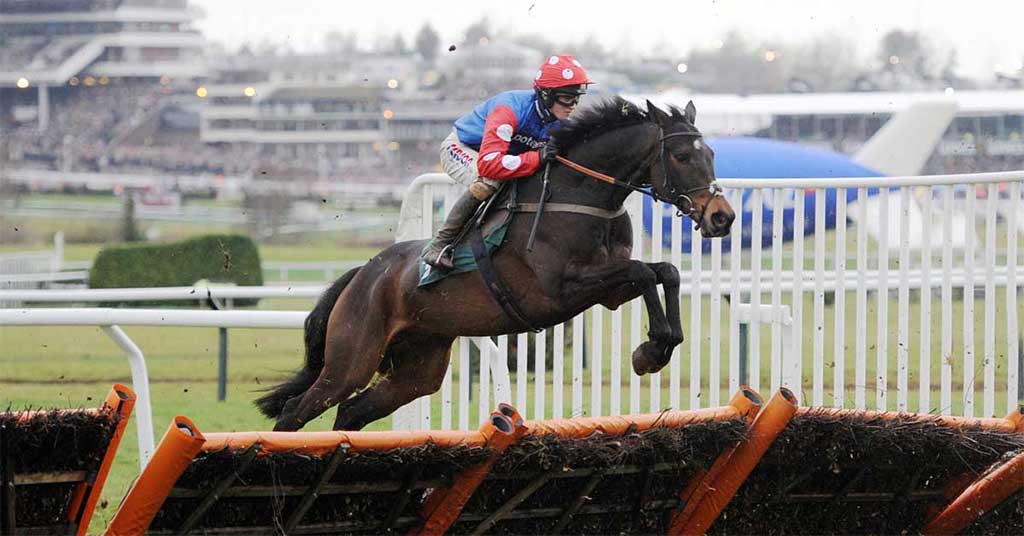How to read a racecard
Racecards can be tricky to decode. Find out how to read all of the valuable information they provide.
When you’re learning the ropes of thoroughbred racing, the jargon surrounding the sport can become confusing.
While anyone can figure out that a Grade 1 or Group 1 race represents the pinnacle of the sport, it’s much harder to tell what the difference is between a Listed handicap and a Heritage Handicap.
With this in mind we’ve put together this simple guide to horse racing classes and grades to help you get a handle on how thoroughbred races are classed and ranked.
Before getting into how races are classified, it is helpful to understand why they are divided into different grades, groups and classes in the first place.
The reason is quite simple: the classification of races was put in place to ensure that horses of comparable ability race against each other and to ensure that specific quality standards are met at each level of classification.
The system of classifying races also allows racing authorities across regions and countries to co-ordinate the planning and scheduling of specific races.
This is done to attempt to ensure that the best quality horses are free to compete in the largest possible selection of races, which is particularly important in top class races.

Flat racing is divided into seven classes of race, with Pattern and Listed races ranking at the top of the class system, while low-rated handicappers prop up the classification system in Class 7.
Group races, also known as pattern races, represent the elite level of thoroughbred racing. These represent a small minority of all races run every year, and are subdivided into three levels.
Listed races also fall within Class 1 of flat racing. While they generally attract lower rated racehorses, quality horses are still known to compete in these as they build their careers and improve their ratings on the way to Group racing.
Handicaps are used to regulate the rank and file of horseracing that inhabit the 6 other classes of the flat racing pyramid.
Weights are assigned to horses by official handicappers before races based on a variety of variables such as age, sex and recent performances. This is done to make each race as competitive as possible.
To make the handicapper’s job easier, these races are subdivided into seven classes which are restricted to horses within specific racing bands.
Classes 2-6 are further subdivided into 14 point racing ‘bands’ which overlap, and distinguish between higher and lower quality races in each Class.

Like flat racing, National Hunt racing is divided into a series of Classes. However, there are some small differences in how races are classified.
Class 1 National Hunt races include both Pattern races and Listed races. As with flat racing, Class 1 Pattern races are divided into three tiers.
Listed races are ranked just below Graded races, with the quality of competitors reflecting the prize money and status of the race.
As with flat racing, the majority of National Hunt races are handicap events, with weights used to level the field and create more competitive races.
Unlike flat racing, however, lower Class races do not carry minimum rating restrictions. This means horses with any rating below the stipulated maximum ratings within the class can compete in any handicap.
These handicaps are divided into five classes according to the ratings of the entries, with two levels available in classes 3 to 5.
While every race will fall into one of the classes we’ve described, they can be further subdivided or categorized depending on the types of horses competing in them, prize money and other factors.
Here are the answers to some commonly asked questions about other types of race categories.
A conditions stakes race is a type of handicap flat race where weights are determined by the age and sex of each competitor rather than recent form. An example is the Group 1 Melbourne Cup.
Claiming stakes races are used in flat racing to set selling prices for horses based on their handicap. A maximum weight is set for a horse, while a maximum and minimum ‘claim’ price for the horse are also set. The horse’s connections can then choose to lower the weight of the horse, which proportionally reduces its claim price or selling price once the race is completed.
A classified stakes race is a flat race contested by horses that have run at least three races, or run twice and won once. Entry is restricted to a maximum rating in the race, although horses rated higher are allowed to enter if they carry a weight penalty.
A heritage handicap is a handicap race that offers prize money in excess of £50,000 that is open to horses rated 105 or below. Heritage handicaps tend to attract higher quality fields than regular handicap races.
Maiden races are flat events contested by horses that have never won a race. Winning a maiden race will secure a horse a handicap rating, allowing them to run in regular handicap races. Alternatively a horse must compete in three maidens before they will have a rating assigned.
There are a variety of maiden races, including:
· Auction maidens, restricted to flat horses who were auctioned at up to the maximum amount specified by the race organizers.
· Maiden handicaps are contested by flat horses aged three and over who have run at least four races and have a rating under 70.
A nursery is a flat racing handicap for 2 year old horses.
A novice race is an event open to 2- and 3-year-old flat racehorses who have two or fewer wins in their careers.
A selling race is an event where the winning racehorse is put up for public auction at the end of the race.
A novice auction is a flat race that is contested by 2- and 3-year-old racehorses that were sold at a public auction for a value not exceeding the limit set by the race organizers.
A bumper is a National Hunt flat race. These races are restricted to younger National Hunt racehorses between the age of 4 and 6 who are competing in the format for the first time, or have only run in bumpers previously.
A National Hunt maiden race is a race restricted to horses who have never won a race in the relevant jumps format. For example a maiden hurdles race would be contested by horses that have never won over hurdles.
National hunt novice races are restricted to horses that have not won a race in the relevant format prior to the current season.
Racecards can be tricky to decode. Find out how to read all of the valuable information they provide.
World Cup tournament
Held every four year